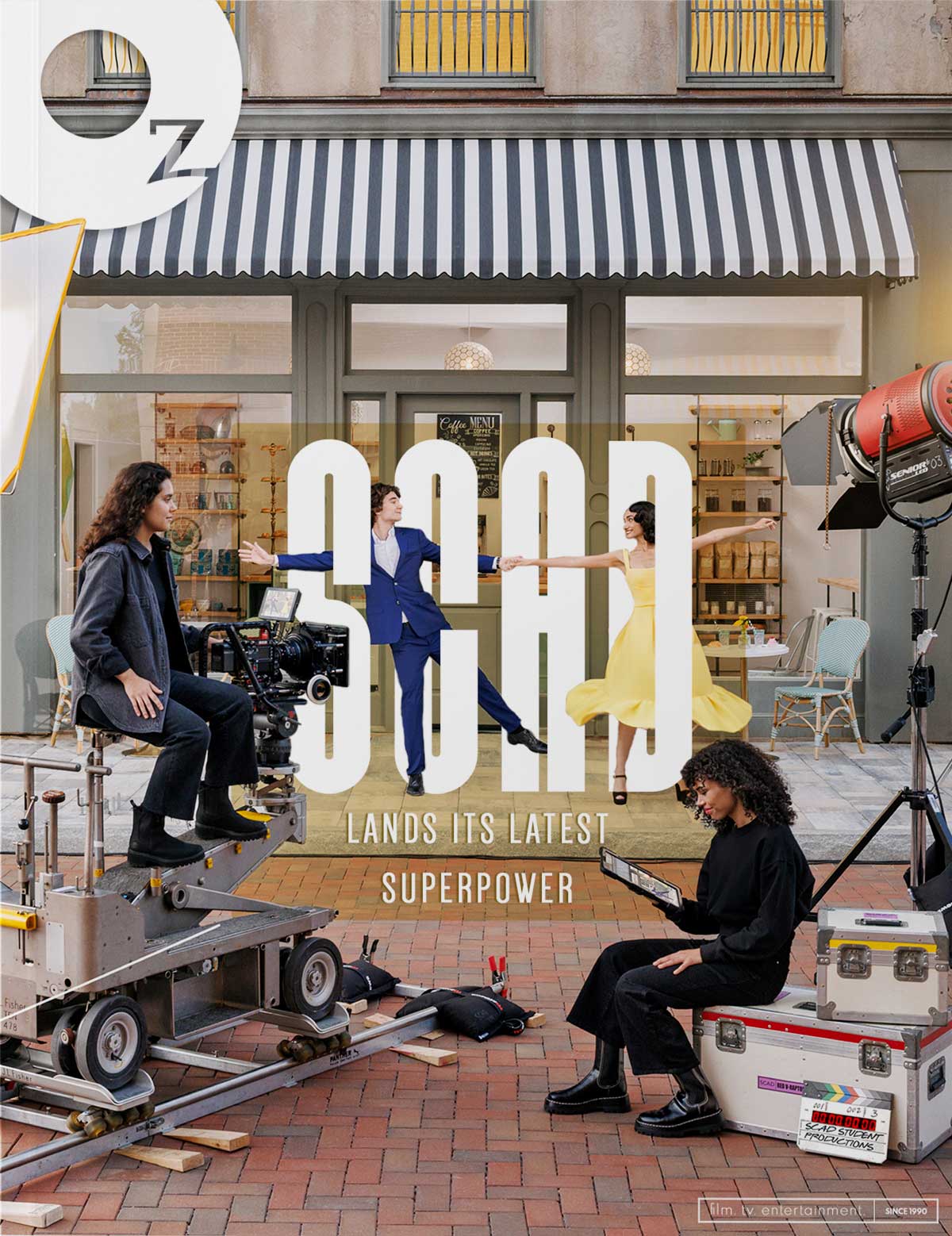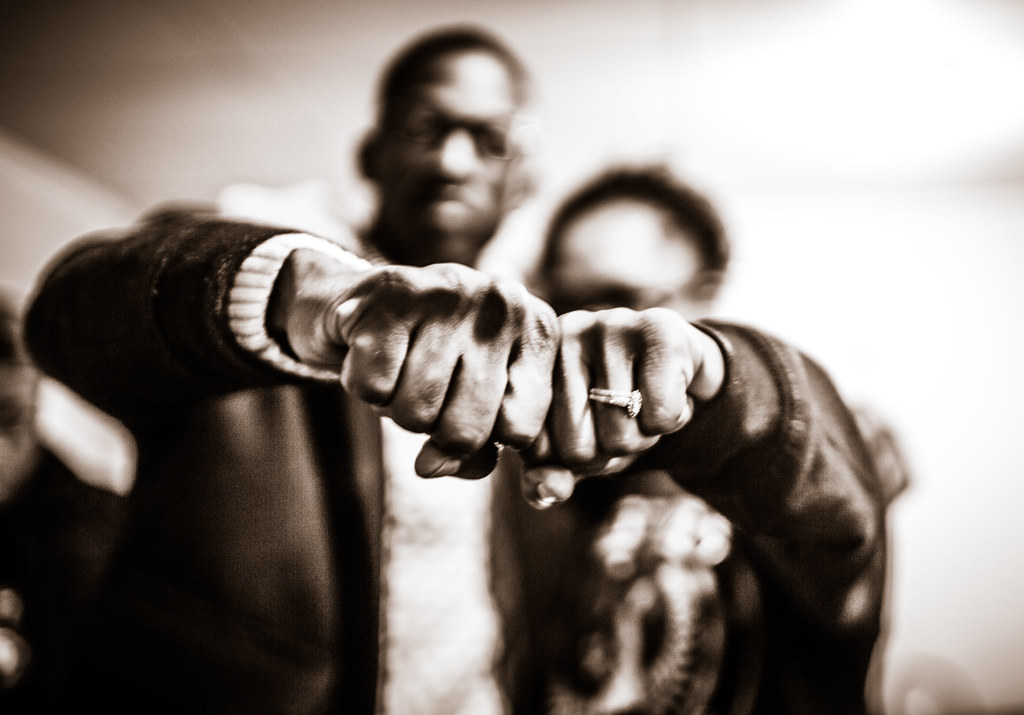S
Scene Chewing: When an actor is over the top and dominates the screen.
Screen Test: Form of an audition, when the actor is on camera.
Screening: The viewing of a movie.
Screenplay: The written-out script that will be produced into the film.
Screenwriter: The writer who either adapts a former production or writes their own screenplay.
Second Team: Stand-ins for first team. Stand-ins run the scene for lighting and camera, while the first team continues through hair, make-up, and wardrobe.
Sequel: A subsequent installment of a movie, following the style of the original film and featuring the same actors or situations established in the initial installment in the series.
Series: A sequence of films that contains the same characters and contains the same themes.
Set: An environment used for filming, whether on stage or on location.
Siny Board: A grip reflector used for reaiming sunlight to provide a key or fill light.
Shooting Script: Script used by the crew shooting the movie.
Short Subject: A movie that has a length shorter than 45 minutes.
Shot List: Director created list given to the film crew of all the shots to be filmed for that day.
Slate: A small board which holds information identifying a shot. It is filmed at the beginning of a take, and when running sound, makes a clapping noise to since the sound and picture.
Speed: Called by the Camera Op and Sound Mixer to confirm each recorder is rolling and ready to record.
Storyboard: Sequence of hand drawn or computer generated pictures created to visually describe each scene in the film or commercial.
Steppage: When more than one person speaks over the walkie talkie at the same time causing nothing but static.
T
Take: One continuously recorded scene, from the call for “Action!” to the call for “Cut!”
Talent: Term used to indicate actors or extras.
Talkie: Older term to indicate films with dialogue compared to silent films made in the 1920’s and early 1930’s.
Teaser Trailer: A short edited preview of a movie designed to create interest in the project, typically released in
the months/weeks before the film is released.
Telecine: Transferring moving images from film to a video signal.
Teleplay: Script written for television.
Telewriter: A writer that either adapts a production for television or creates their own script for television.
Tilt: Rotating the camera either up or down.
Timecode: A time reference added to the film for edits.
Turnaround: The camera will be shooting from the opposite angle or a project thought to be ready for production goes back into development.
Treatment: An abridged script, longer than a synopsis, that consists of a summary of each major scene of a proposed movie and descriptions of the significant characters.
Trilogy: A movie series that includes only 3 films.
U
Undercranking: The process of slowing the frame rate, so when played at normal speed the action appears fast.
V
Video Village: The area in which viewing monitors are placed for directors and other production personnel.
Visual Effects: Additions to a film’s image during post production, typically done using computer software.
Voice Over: When the speaker is not shown, but their dialogue is used in the film.
W
Walk On: Small role, usually with no dialogue.
Walkie Check: Indicates someone is checking to see their walkie-talkie is functioning. “Good check,” is how you answer.
Walla Walla: Recorded conversations used in the background of a scene, for instance the blurred together conversations you hear in a crowded restaurant while dining out.
Watch Your Back: A warning said by anyone coming though or around the set with an object that could potentially hit someone, like hot points.
Western: Movie genre that takes place during the “wild west”.
Whip Pan: A camera technique and the term used to describe a rapid pan to the left or right.
Wipe: An editing transition when the first clip is overlaid with a second clip, which appears to “wipe in” from the left or right.
Wrap: The time period after shooting is done for the day, where crew members pack away their equipment. It is also the term for the end of the project.
Working Title: A title used during production, that will be chang






